Downtown Knoxville often gets overlooked in favor of Nashville’s country music scene or Memphis’s blues heritage — and as someone who’s explored every corner of Tennessee, I get it. These cities have earned their spotlight. But after spending several months working remotely from Knoxville, I’ve discovered that this East Tennessee gem offers something special that its bigger siblings can’t match: a perfect blend of urban comfort and outdoor adventure, without the tourist crowds.
From the winding trails of the Urban Wilderness to the local haunts around Market Square, Knoxville manages to keep its small-town charm while serving up big-city experiences. Whether you’re into history, food, nature, or just want to catch a game at Neyland Stadium, there’s more to explore here than most people realize. Let me share some of my favorite things to do in this unexpectedly cool city.
Market Square
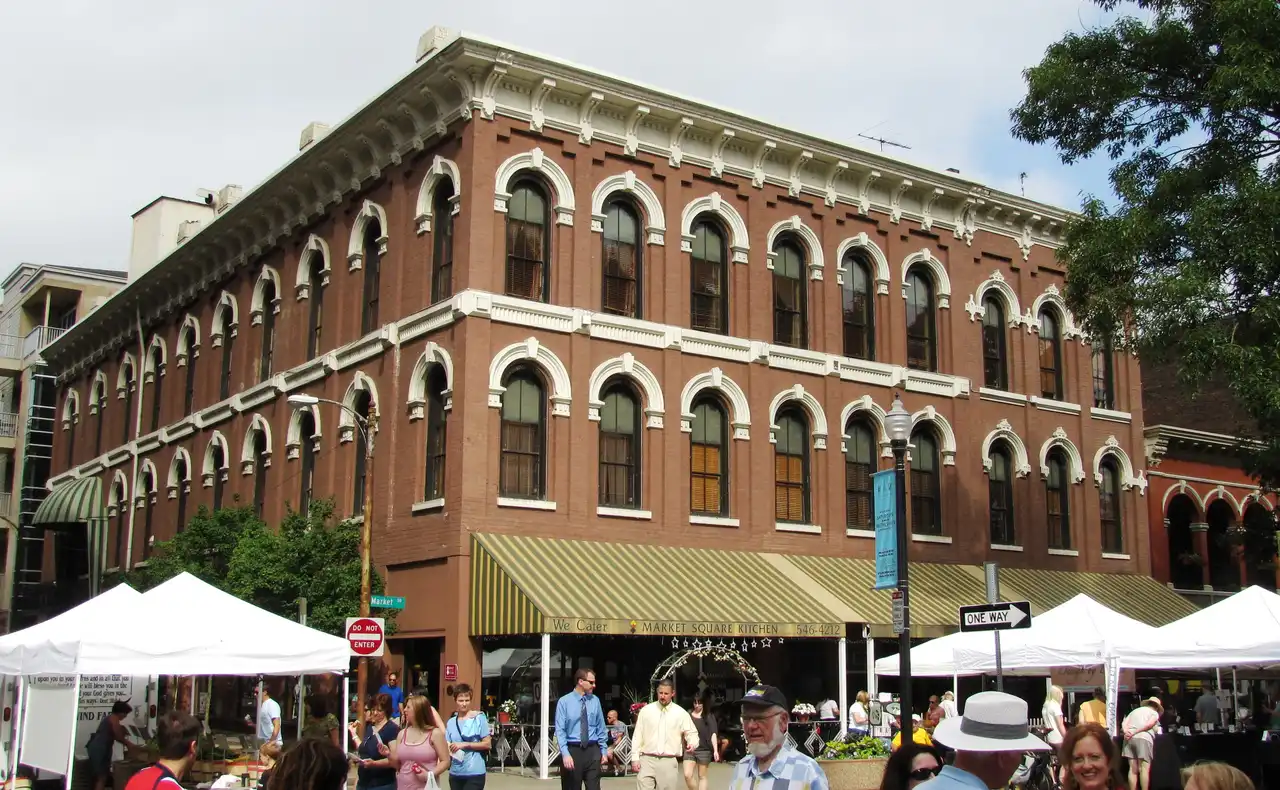
Market Square sits at the heart of downtown Knoxville, and it’s where I always find myself returning whenever I’m in the city. This historic district has been the center of local life since the 1850s, serving as a marketplace where farmers once sold their produce and merchants peddled their wares. Today, it’s a pedestrian-friendly zone where locals and visitors alike gather for outdoor concerts, weekend farmers’ markets, and casual dining at sidewalk cafes. The square comes alive during special events like the Dogwood Arts Festival and Jazz on the Square, but even on regular days, you’ll find street performers entertaining passersby and people relaxing on benches while enjoying treats from nearby bakeries and restaurants.
World’s Fair Park
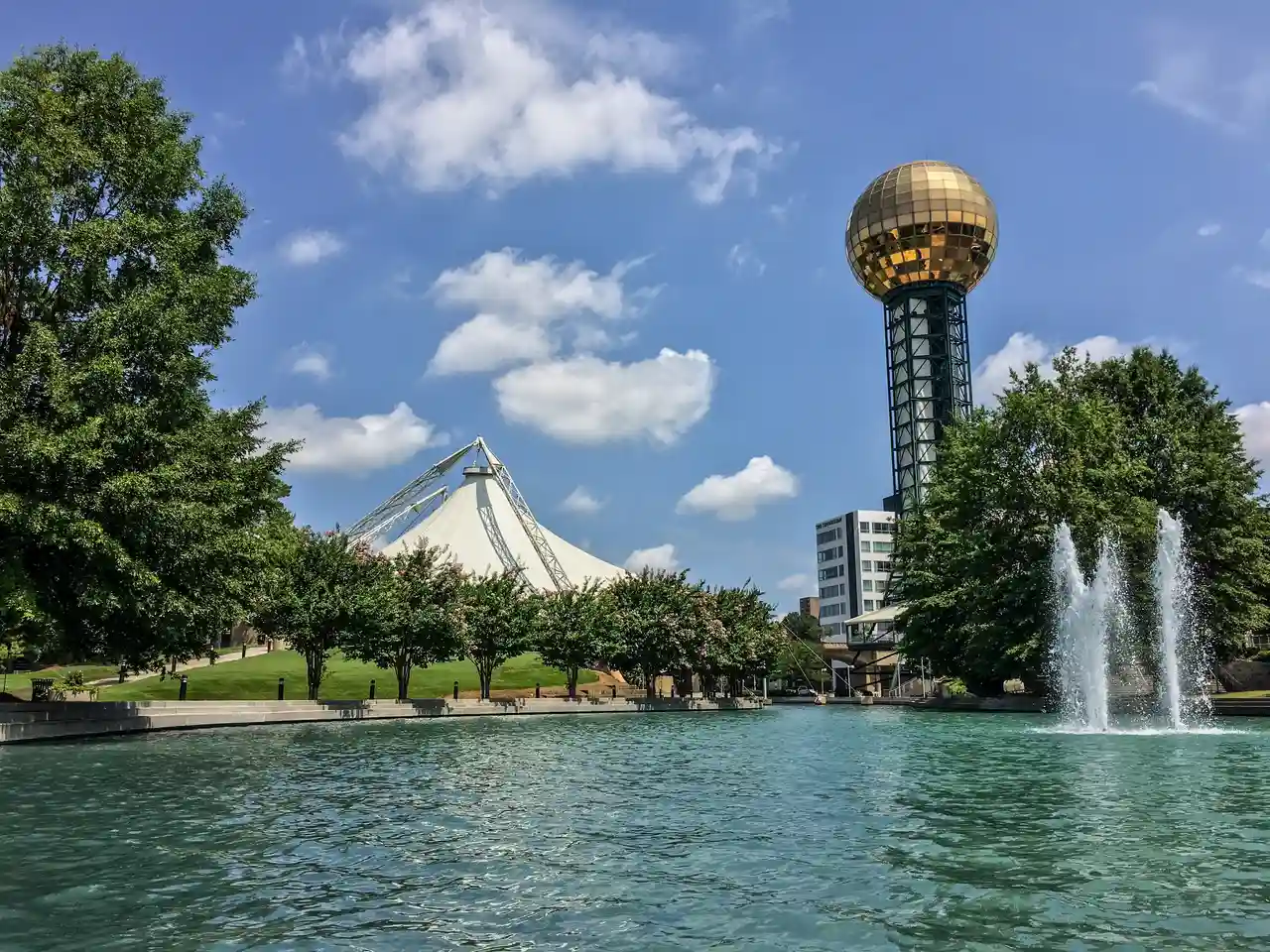
Ever wandered through a park that hosted a world-famous event? In the heart of downtown Knoxville sits World’s Fair Park, the centerpiece of the 1982 World’s Fair that put this Tennessee city on the global map. The park’s iconic Sunsphere, a 266-foot gold-glass tower, still watches over the grounds where millions once gathered to celebrate innovation and culture. Today, locals and visitors alike spread blankets on the sprawling lawn for concerts, cool off in the dancing fountains during summer, or take a peaceful walk along the tree-lined paths. The park seamlessly connects to the city’s convention center and serves as a natural meeting point for everything from food festivals to morning yoga sessions.
Did you know?
Remember that iconic sphere towering over World’s Fair Park in Knoxville? The Sunsphere, built for the 1982 World’s Fair, stands 266 feet tall and still lets visitors ride up to its observation deck for a bird’s eye view of the city, though the rotating restaurant that once crowned its golden globe is long gone.
Knoxville Museum of Art
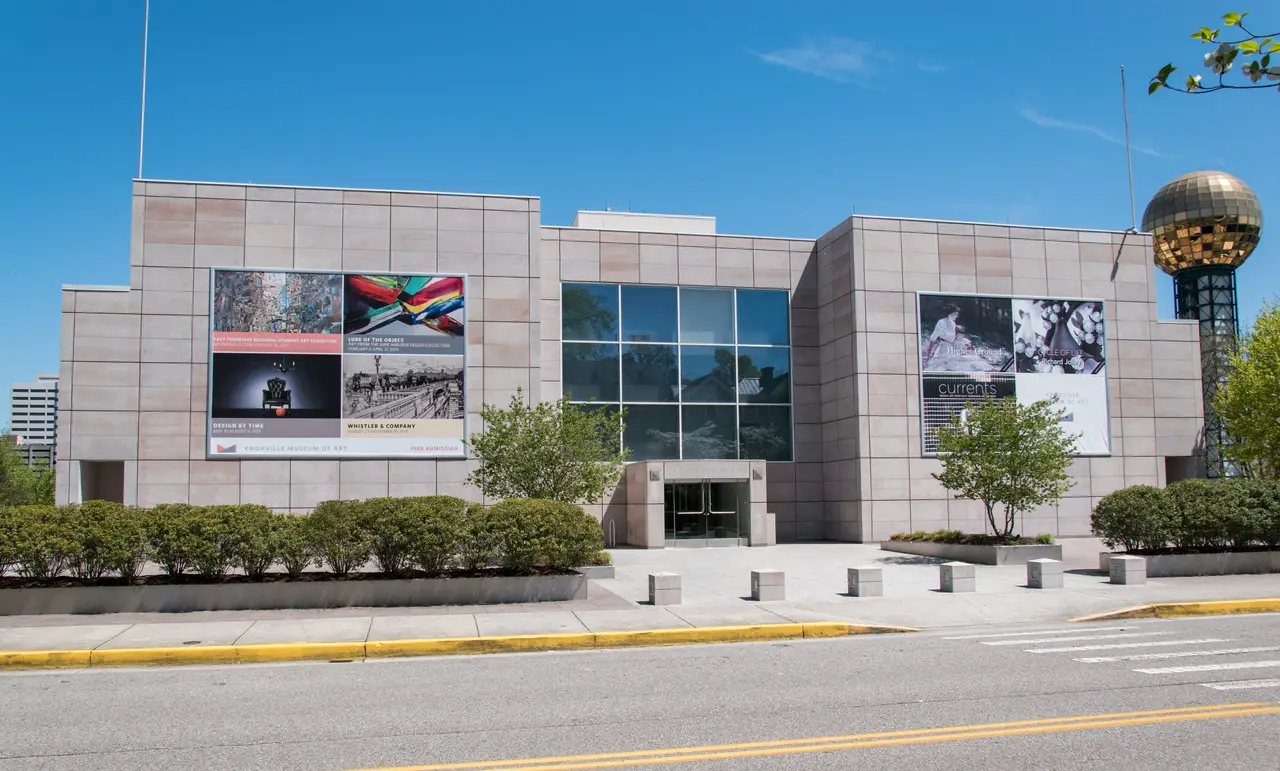
Art lovers will find their happy place at the Knoxville Museum of Art, where East Tennessee’s creative spirit comes alive through four floors of carefully curated exhibitions. This free museum sits in the heart of downtown, showcasing both local artists who capture the soul of the region and rotating international exhibits that bring fresh perspectives to the city. I especially love spending time in the permanent glass installation that catches the light just right on sunny afternoons. While it’s not the biggest art museum you’ll ever visit, it packs a lot into its space – and the fact that you can explore it all without spending a dime makes it even better. Plus, the outdoor sculpture garden offers a peaceful spot to reflect after taking in all the artwork inside.
Zoo Knoxville

Located just east of downtown Knoxville, Zoo Knoxville is one of Tennessee’s most beloved animal sanctuaries. While many zoos focus solely on exotic species, this 53-acre park has carved out a special role in protecting endangered species, particularly red pandas. In fact, more red pandas have been born here than at any other zoo in the Western Hemisphere. As you walk through the grounds, you’ll spot everything from African elephants to local black bears, but it’s the way the zoo blends education with entertainment that sets it apart. Kids can get up close with friendly goats in the petting area, while conservation experts share stories about their work with endangered species. The zoo’s commitment to both local wildlife and global conservation makes it feel less like a typical animal park and more like a living classroom.
Ijams Nature Center
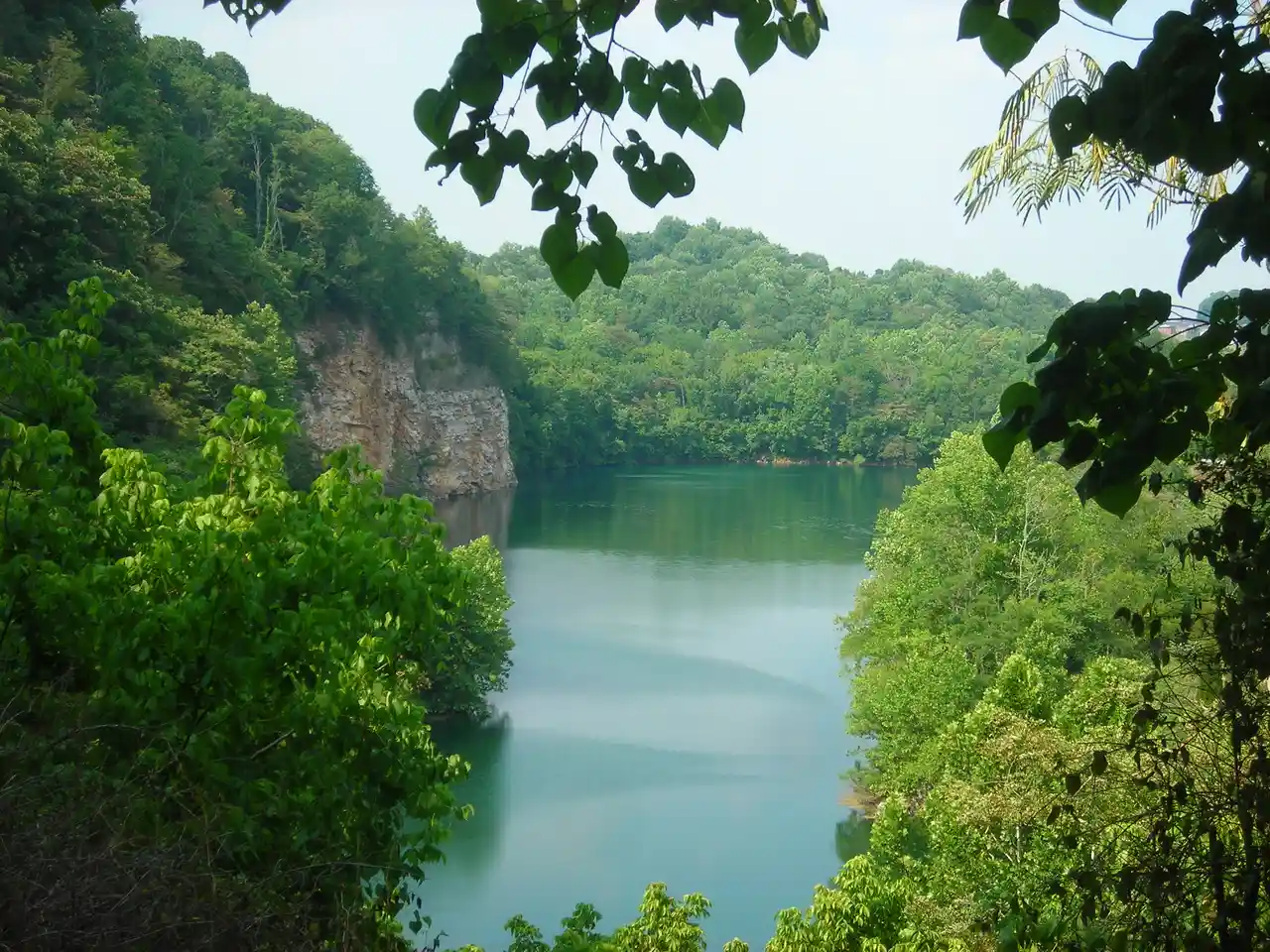
Looking to connect with nature without leaving the city? Just a few minutes from downtown Knoxville, Ijams Nature Center offers 315 acres of protected wilderness where you can escape into the great outdoors. This former quarry turned urban greenspace features over 12 miles of hiking and biking trails, a rock climbing crag, and calm waters perfect for kayaking and paddleboarding. You can spot local wildlife like deer and turtles while wandering through forests and meadows, or join one of the many educational programs to learn about Tennessee’s native plants and animals. The center’s interactive exhibits and bird sanctuary make it a favorite spot for families, while outdoor enthusiasts come for the mountain biking trails and climbing walls carved into old marble quarries.
Sunsphere
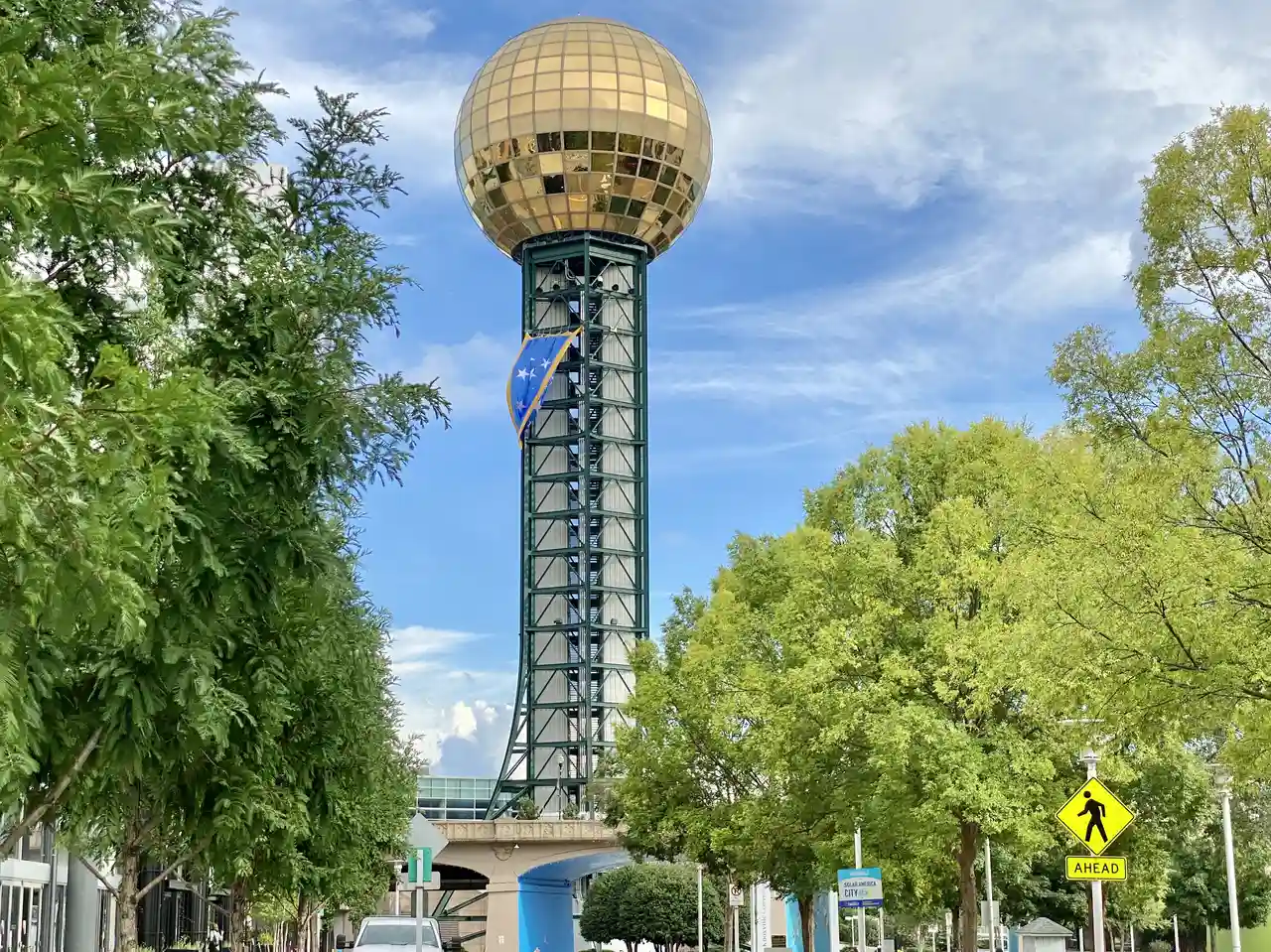
One of Knoxville’s most recognizable landmarks, the Sunsphere stands tall as a reminder of the 1982 World’s Fair. This 266-foot-tall golden globe offers visitors a unique observation deck with 360-degree views of downtown Knoxville and the Great Smoky Mountains beyond. While the structure’s distinctive shape and metallic exterior draw plenty of attention, it’s the historical significance that makes it truly special. Though the World’s Fair has long since passed, the Sunsphere remains a popular spot for both locals and tourists who want to get a bird’s-eye view of the city while learning about this significant chapter in Knoxville’s history.
Old City District

Step back in time when you visit Knoxville’s Old City District, a historic neighborhood filled with red-brick buildings from the 1800s. Walking these streets, you’ll find locally-owned shops, restaurants, and bars housed in former warehouses and factories that give the area its distinctive character. Stop by during First Friday for live music and art shows, or visit on weekends when the district comes alive with people enjoying brunch at spots like Oli Bea or grabbing drinks at Boyd’s Jig & Reel. It’s the perfect place to spend an afternoon exploring Knoxville’s past while enjoying its present-day charm.
Neyland Stadium

If you’re a college football fan, few places carry the weight and history of Neyland Stadium. This 102,000-seat fortress, home to the University of Tennessee Volunteers, dominates the Knoxville skyline and sits right along the Tennessee River. The stadium’s been a fixture of SEC football since 1921, and game days here are something else – the sea of orange-clad fans, the unmistakable sound of “Rocky Top” echoing through the stands, and the electric atmosphere that comes with big-time college football. Whether you’re catching a game or just taking a tour, there’s something special about standing in this historic venue where countless football memories have been made over the past century.
Women’s Basketball Hall of Fame

Sports fans shouldn’t miss a visit to the Women’s Basketball Hall of Fame in Knoxville. Located in downtown, this unique museum celebrates the history and achievements of women’s basketball with exhibits spanning from the early days of the sport to modern WNBA stars. The building itself is impossible to miss, thanks to the world’s largest basketball perched right on top.
Historic Tennessee Theatre

Step into the glorious past at the Historic Tennessee Theatre, a 1928 movie palace that stands as Knoxville’s crown jewel of entertainment. While many old theaters across America have disappeared, this grand venue continues to enchant visitors with its Spanish-Moorish style and original Wurlitzer organ. The theater’s classic terrazzo floors and crystal chandeliers tell stories of Hollywood’s golden age, when moviegoers would dress in their finest just for a night at the pictures. These days, you’ll find everything from Broadway shows to classic film screenings, but the real magic lies in knowing you’re sitting in the same seats where generations of Knoxvillians have enjoyed performances for nearly a century. Thanks to careful preservation, even the original ticket booth still stands proud, ready to welcome you just as it did in the Roaring Twenties.
Knoxville Botanical Garden

Take a peaceful stroll through the Knoxville Botanical Garden, where 47 acres of walking trails and gardens await. The grounds feature stone walls and pathways that date back to the 1930s, along with display gardens filled with seasonal flowers and plants. Stop by the garden’s unique round stone buildings, known as the “garden rooms,” which offer shaded spots to rest and take in the scenery. For a fun afternoon activity, join one of their gardening workshops or bring your camera to capture the butterflies that frequent the flower beds during spring and summer.
James White Fort

Step back in time at James White Fort, the original 1786 home of Knoxville’s founder. This two-story log house gives you a real glimpse into pioneer life during the city’s earliest days. You can explore the main house, kitchen, and surrounding buildings while learning about frontier living from knowledgeable guides dressed in period clothing. Visit during one of their special events to see live demonstrations of traditional crafts like blacksmithing, weaving, and cooking over an open hearth. It’s a great spot for history buffs and families looking to understand how Knoxville’s first settlers lived.
East Tennessee History Center

The East Tennessee History Center opened my eyes to just how deep the region’s roots really go. Located in downtown Knoxville, this museum brings the area’s past to life through carefully curated exhibits that walk you through everything from Native American settlements to the Civil War and beyond. What I love most is how they tell the stories of everyday East Tennesseans – the farmers, merchants, and families who shaped this corner of Appalachia. You don’t need to be a history buff to appreciate the collection of artifacts and photographs that paint a picture of life in these mountains over the centuries. It’s the kind of place where you can easily spend a few hours getting lost in the past, especially on a rainy afternoon.
Gay Street
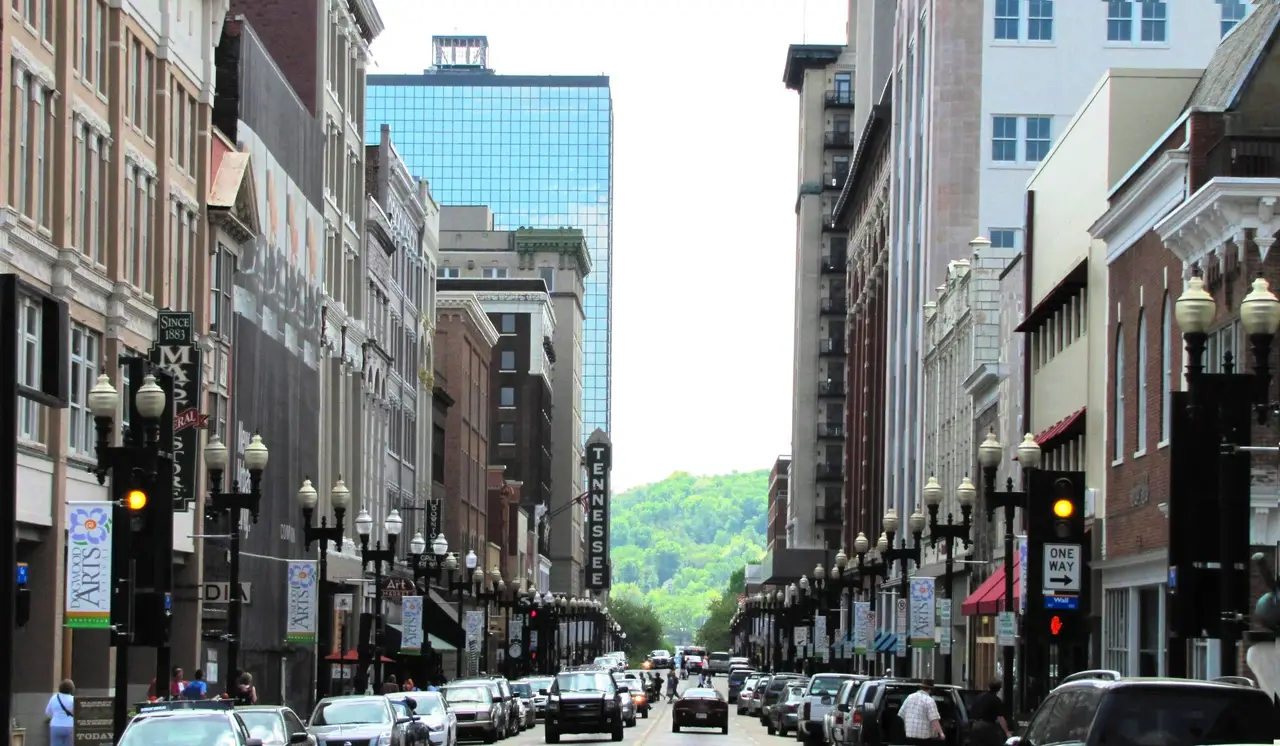
Walking down Gay Street feels like stepping into Knoxville’s living room – it’s where the city’s past and present come together in the most natural way. This historic thoroughfare has been the heart of downtown since the 1790s, and today it’s lined with local restaurants, interesting shops, and beautiful old theaters like the Tennessee Theatre. As someone who’s spent countless afternoons exploring its sidewalks, I can tell you it’s where you’ll find both tourists and locals hanging out, grabbing coffee, or heading to catch a show. The street strikes a perfect balance between the Knoxville of yesterday, with its restored Victorian buildings, and the Knoxville of today, with its busy cafes and modern galleries. It’s not just a street – it’s where you’ll get a real feel for what makes this city tick.
Blount Mansion

History comes alive at Blount Mansion, the oldest house in Knoxville and one of the first ever built in Tennessee. As you walk through this modest wooden home from 1792, you’ll find yourself transported to a time when the city was just a frontier settlement and this building served as both the home of William Blount, one of Tennessee’s first governors, and the territorial capital. The guides here really know their stuff – they’ll walk you through each room, sharing stories about the Blount family and their enslaved workers, the Native American treaties signed within these walls, and how close this place came to being demolished in the 1920s before local preservationists stepped in. It’s not a grand mansion by today’s standards, but standing in these rooms where Tennessee statehood was planned gives you a real connection to the past.
Volunteer Landing
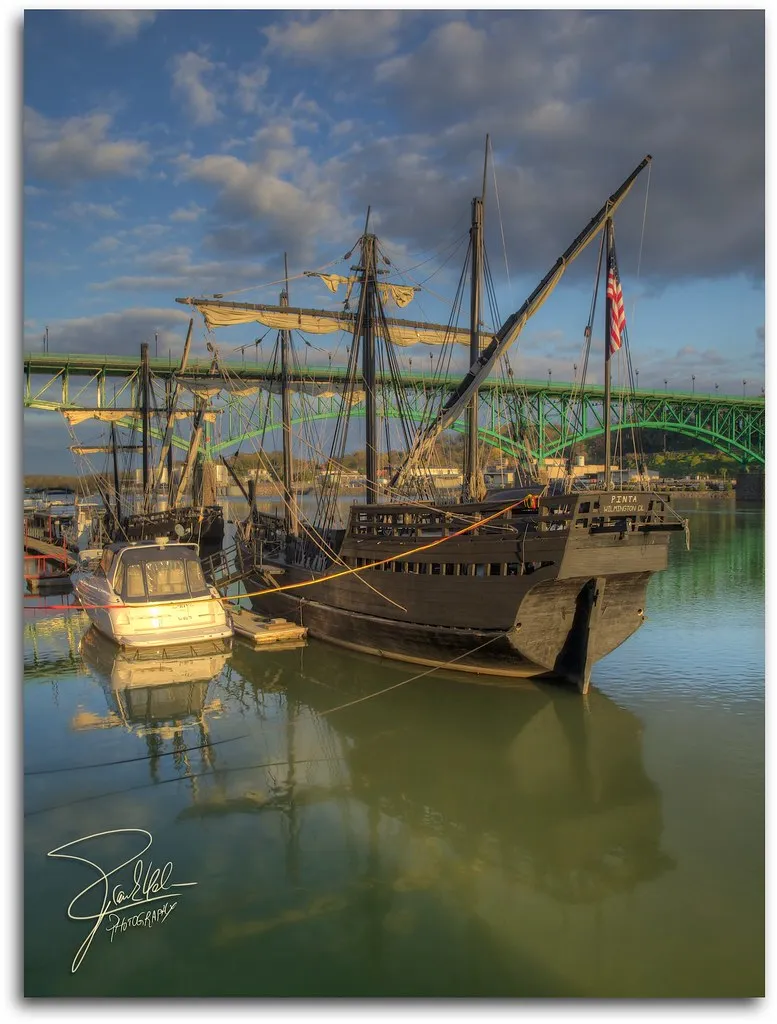
Located along the Tennessee River in downtown Knoxville, Volunteer Landing is where the city’s industrial past meets its recreational present. Like many riverside developments across the South, this waterfront park has transformed old warehouses and loading docks into a welcoming public space. But unlike other riverfront attractions, Volunteer Landing maintains strong ties to its working river heritage. Just watch the barges slowly drift by while pleasure boats and kayakers share the water, and you’ll get a sense of how the river still shapes daily life here. Because of Knoxville’s commitment to preserving this three-mile stretch of waterfront, you’ll find both historic markers detailing the city’s river commerce and modern amenities like restaurants, walking trails, and a marina sprinkled along the promenade.
McClung Museum of Natural History

Located on the University of Tennessee campus, the McClung Museum of Natural History feels like stepping into a time capsule of both natural and human history. Unlike your typical small-town museum, this free institution packs an impressive collection spanning from dinosaur fossils to Civil War artifacts. What makes it unique is how it weaves together the story of Tennessee’s past, from ancient Native American settlements to the region’s role in early American history. Because of its connection to the university, the museum regularly rotates special exhibitions, and you’ll often find archaeology students eagerly discussing their latest findings in the halls. The museum’s collection of Cherokee artifacts and Civil War memorabilia offers a particularly deep dive into East Tennessee’s complex past.